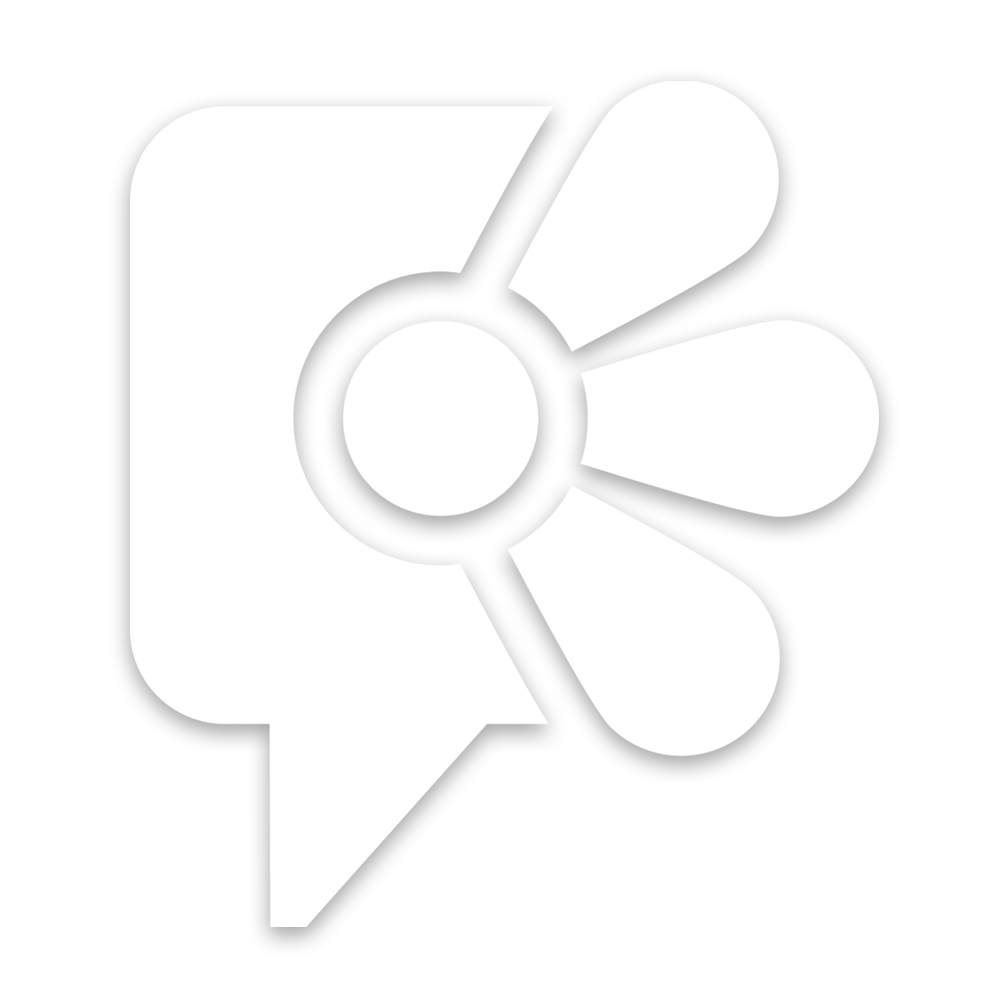
Eupatorium maculatum 'Atropurpureum'
Spotted joe-pye weed
Eupatorium are grown as ornamental plants, mostly across Asia. They are perennial plants with long-lasting, broad, purple to white flowerheads. These can emerge from late spring, although they mainly bloom in late summer. The blooms are held on tall stems and act as a beacon to butterflies and bees. Arguably the most impressive is the American species E. maculatum Atropurpureum Group AGM, commonly known as Joe-Pye weed. Established plants can frequently grow taller than 2m. E. maculatum Atropurpureum Group (AGM) produces maroon-pink flowers from mid-summer, on stems that can grow to 3m high.
-
Full sun to partial shade
-
Occasional watering
-
Full Frost Hardy: 5F (-15°C)
-
Moist and free draining
Common name
Spotted joe-pye weed
Latin name
Eupatorium maculatum 'Atropurpureum'
type
Perennial
family
Asteraceae
ph
5.0 - 7.0 Acid - Neutral
Plant & bloom calendar
-
Best time to plant
full grown dimensions
 1.50 M
3.00 M
1.50 M
3.00 M
Eupatorium maculatum 'Atropurpureum'
Eupatorium are grown as ornamental plants, mostly across Asia. They are perennial plants with long-lasting, broad, purple to white flowerheads. These can emerge from late spring, although they mainly bloom in late summer. The blooms are held on tall stems and act as a beacon to butterflies and bees. Arguably the most impressive is the American species E. maculatum Atropurpureum Group AGM, commonly known as Joe-Pye weed. Established plants can frequently grow taller than 2m. E. maculatum Atropurpureum Group (AGM) produces maroon-pink flowers from mid-summer, on stems that can grow to 3m high.
Planting young plants
From Early Spring TO Early Spring
Eupatorium are easy to grow and young plants can be set in spring in a fertile, moist soil in a sunny position, although several species tolerate partial shade. They are generally pest- and disease-free. They do sometimes look unsightly when the flowers are past their best, so they are often recommended for a wild garden or the back of a border where they are not so visible once they start to fade.














